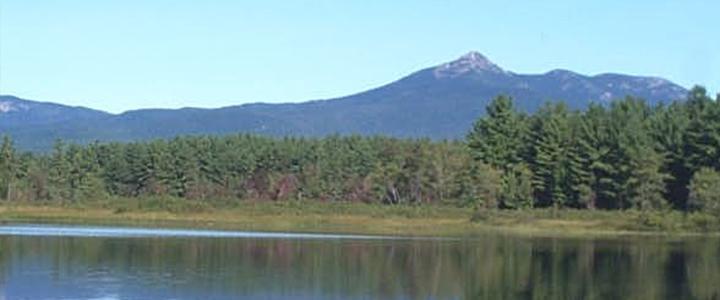
NHDES releases 2020 lake trend report
New Hampshire’s surface waters are vital natural resources that provide habitat for aquatic life, recreational opportunities, tourism and economic benefits. NHDES is responsible for monitoring and reporting on the condition of the state’s surface waters. The Water Monitoring Strategy, published by NHDES in 2016, details the agency’s approach for monitoring the condition of the state’s inland surface waters.
One component of this strategy is to provide regular reports on the status and trends of water quality conditions. As directed by the Water Monitoring Strategy, 12 water quality parameters were examined and the results summarized in the 2020 Lake Trend Report.
Data from 150 lakes and ponds, over ≥ 10 years from 1991 to 2018, were analysed. The majority was contributed by the Volunteer Lake Assessment Program (VLAP) but in some cases, data from additional programs were utilized to evaluate waterbody condition. Data were analyzed to examine current conditions, long-term trends and short-term changes for individual waterbodies as well as by trophic class and region.
Water quality parameters alkalinity and specific conductance had the greatest percentage of individual waterbodies showing significant changes over time, while total phosphorus and chlorophyll-a had the lowest change. Increases were found in the number of days beaches were closed due to bacteria and the total number of cyanobacteria advisories issued. Changing water quality parameters were attributed to road salt use, recovery from acid rain inputs, and climate change. Access the full 2020 Lake Trend report.




